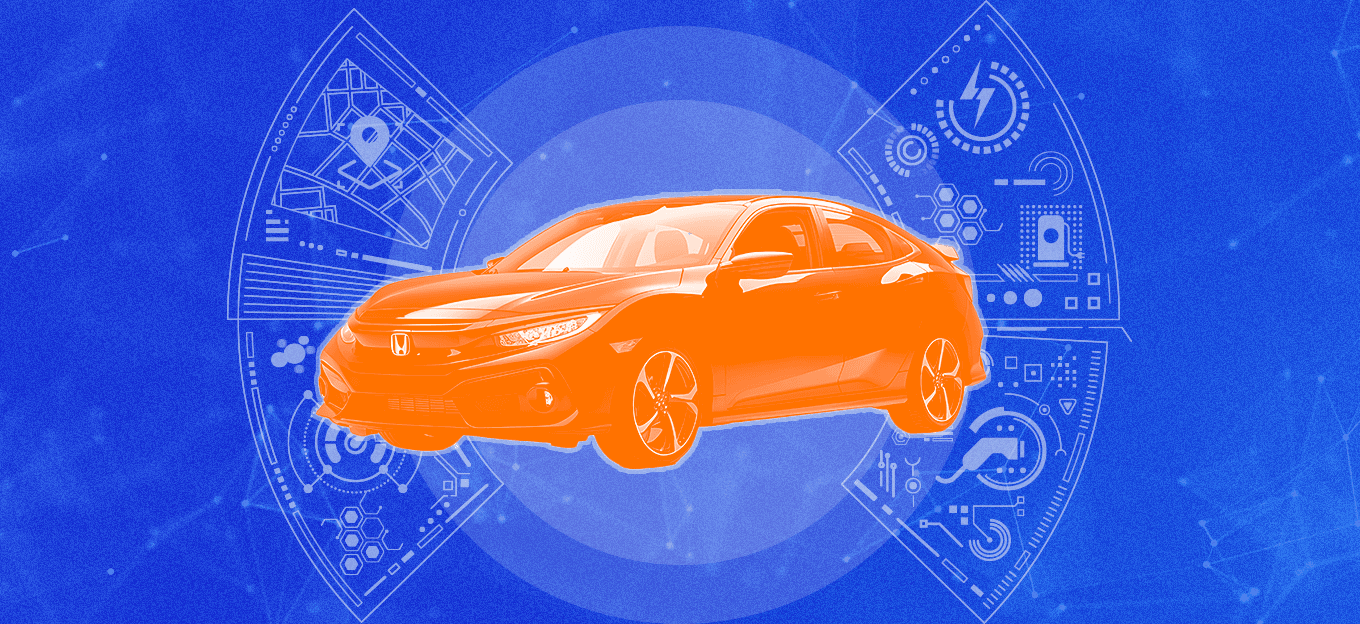From Wrenches to Wireless: How AI Is Transforming Dealership Service Bays
From Wrenches to Wireless: How AI Is Transforming Dealership Service Bays
- Last Updated: July 24, 2025
Ryan Chacon
- Last Updated: July 24, 2025



The familiar sounds of a dealership service bay—the hiss of air tools, the clatter of sockets on a tray, the aroma of fresh oil—are now joined by a new and powerful force: data. As vehicle technology advances, service departments are being transformed by artificial intelligence (AI), turning guesswork into precision, reactive repairs into predictive maintenance, and disconnected steps into streamlined experiences.
Technicians still rely on their wrenches, but they’re increasingly wielding tablets, sensors, and cloud-based systems that make advanced data as essential as any tool in the box.
Proactive Diagnostics: From Symptom-Based to Predictive
Traditionally, diagnosing issues depended on physical inspections and customer-reported symptoms. Today’s vehicles, however, generate massive amounts of data through integrated sensors monitoring everything from tire pressure to engine temperature and drivetrain behavior.
AI-enabled diagnostic systems don’t just collect this data—they interpret it. Machine learning models analyze sensor readings, detect subtle anomalies, and compare them to vast historical datasets to predict problems before they become visible or disruptive. This predictive approach reduces unplanned downtime, improves first-time fix rates, and enhances customer trust in the dealership’s expertise.
The Augmented Technician: Empowered, Not Replaced
Far from replacing human technicians, AI is making them more capable. Advanced inspection systems powered by computer vision can quickly identify body damage, undercarriage issues, or fluid leaks without manual checks.
Tablet-based service apps provide real-time instructions, pricing transparency, and parts availability at a glance. These tools allow even less experienced technicians to work more quickly and accurately. For dealerships facing skilled labor shortages, this augmentation is a strategic advantage—reducing diagnostic time while maintaining high-quality service standards.
Intelligent Scheduling and Workflow Optimization
Beyond the service bay itself, AI is transforming back-end operations that shape the customer experience. AI-driven scheduling tools analyze historical trends, technician skills, and parts availability to create efficient, balanced schedules automatically.
The benefits are significant:
- Shorter customer wait times
- Better utilization of technician hours
- Fewer missed service opportunities
Additionally, integrated systems can automatically send service reminders, enable dynamic pricing based on demand, and trigger follow-up communications—all without added administrative effort.
Elevating Customer Experience Through Transparency
A major benefit of AI adoption in service departments is greater transparency, which fosters trust and loyalty. Digital vehicle inspections, complete with annotated photos and videos, allow customers to see exactly what needs repair—and why.
Mobile apps and online portals can handle appointment scheduling, service updates, and approvals, giving customers control and insight throughout the process. AI chatbots can field inquiries 24/7, while sentiment analysis of feedback helps dealerships identify and address service pain points proactively.
The Business Case for AI in Dealership Service Bays
For dealerships, fixed operations are a crucial profit center—especially as margins on new vehicle sales tighten. Integrating AI across service operations yields tangible benefits:
- Increased service bay throughput
- Higher customer retention rates
- Improved technician efficiency and job satisfaction
- Enhanced profitability through better resource allocation
These aren’t just futuristic ideas—they’re real, measurable outcomes for dealerships willing to invest in modernizing their operations.
The Road Ahead: A Connected, Predictive Service Experience
The future of the dealership service bay is not just mechanical, but digital, connected, and highly personalized. Every touchpoint—from check-in to checkout—can be enhanced through intelligent technology that prioritizes efficiency, transparency, and customer satisfaction.
Dealerships that successfully combine traditional values of trust and service with cutting-edge AI tools will not just survive this shift—they’ll lead it.
The Most Comprehensive IoT Newsletter for Enterprises
Showcasing the highest-quality content, resources, news, and insights from the world of the Internet of Things. Subscribe to remain informed and up-to-date.
New Podcast Episode

Moving Past the Pilot Phase in IoT and AI
Related Articles





